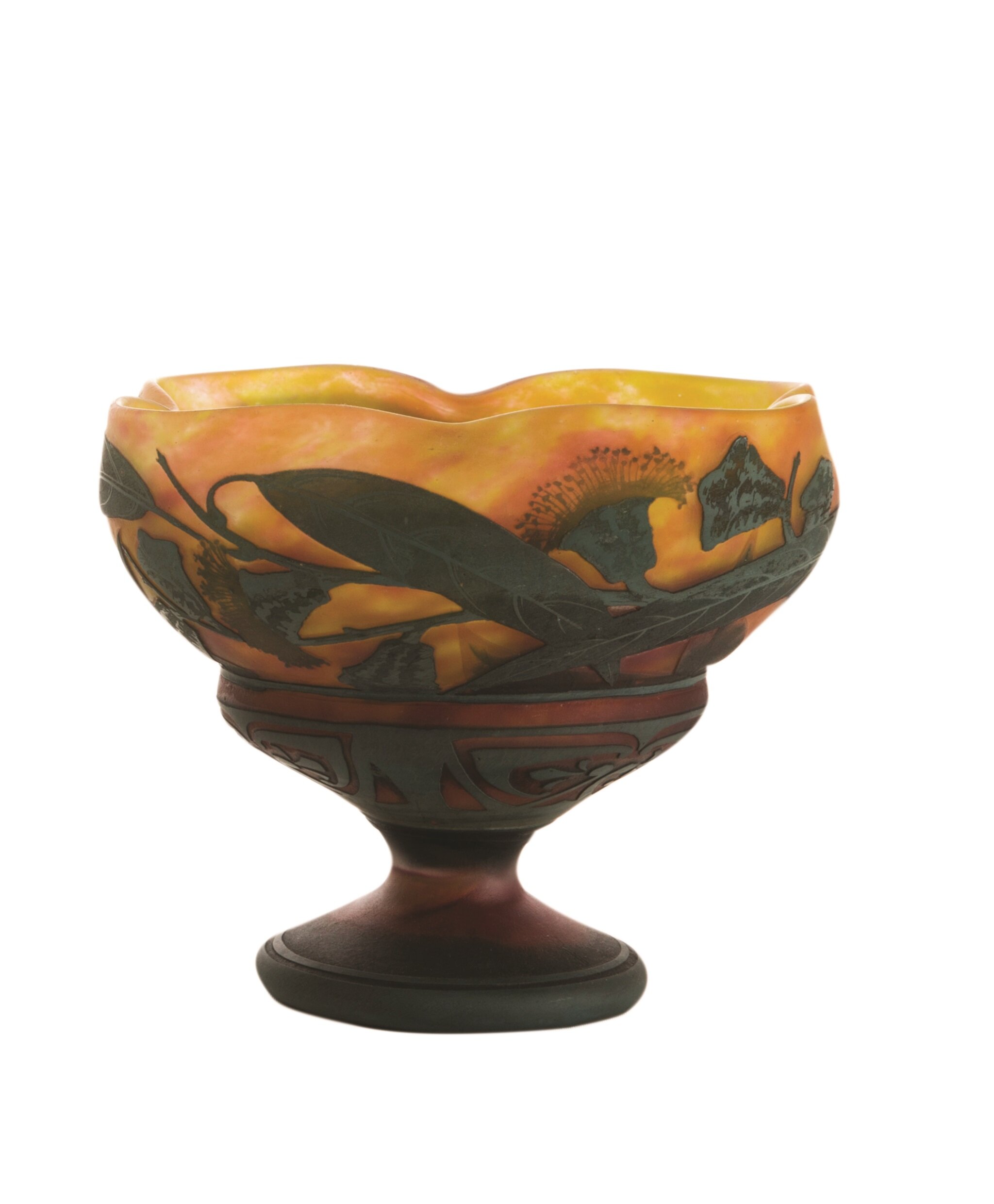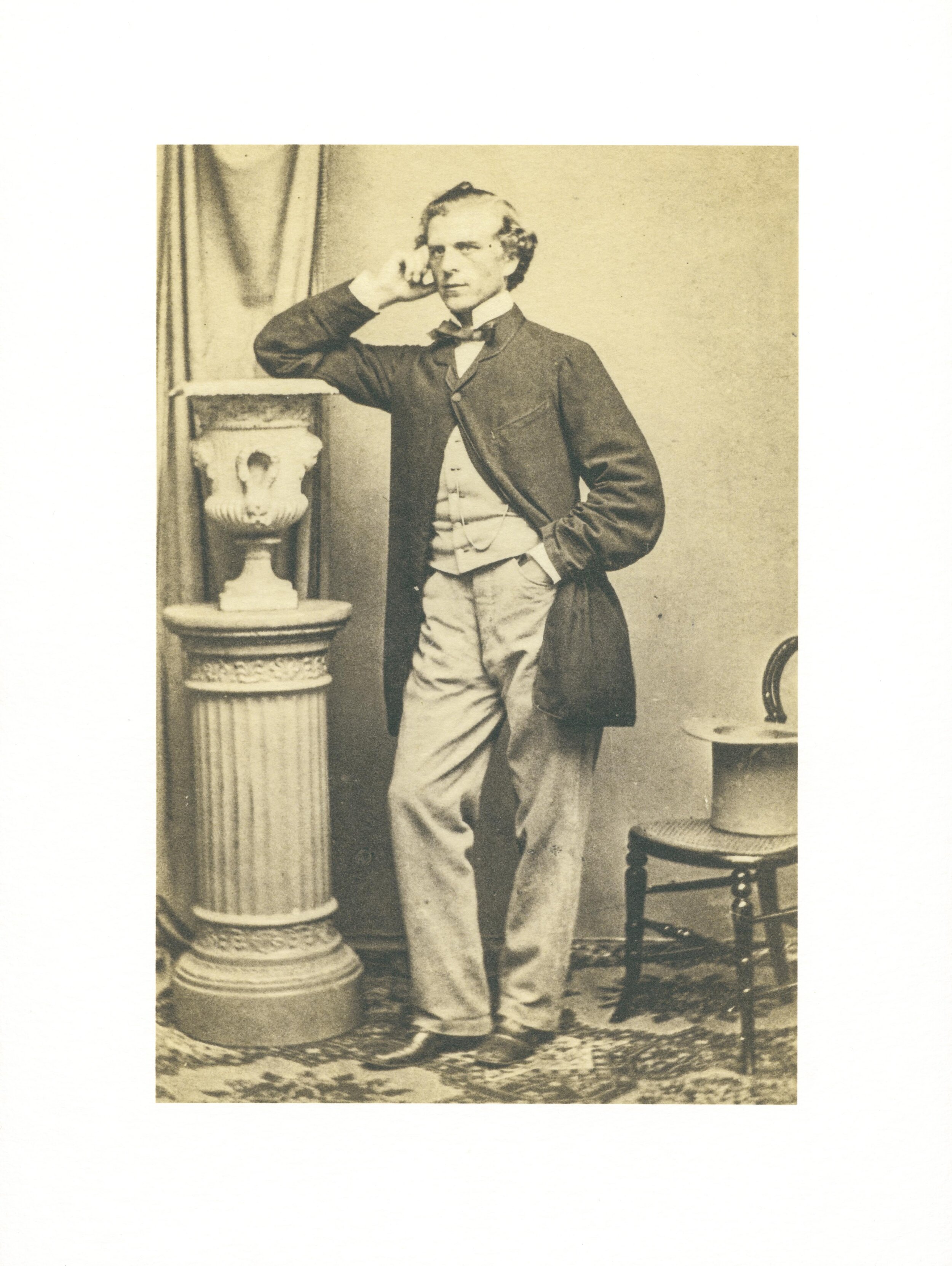The Prime Minister of Australia
Official Residences: The Lodge, Canberra, ACT & Kirribilli House, Sydney, NSW
Official website of the Prime Minister of Australia. www.pm.gov.au
The Lodge, Canberra
The Lodge in Canberra is situated within landscaped grounds on Adelaide Avenue near Parliament House and is traditionally the principal residence of the Prime Minister of Australia. The Ngunnawal people are the traditional owners of the land on which The Lodge is built. The name The Lodge was first used in the mid 1920s by the Federal Capital Commission. The Lodge is the only one of the Official Residences that was purpose built but it was always intended to be a temporary solution until a permanent prime ministerial residence could be commissioned.
The Lodge was built during 1926/27 by Australian craftsmen using local materials to a design by Melbourne architects Percy A Oakley and Stanley T Parkes at a total cost of £28,319. The plan incorporated a 2.8 hectare site with lawns, flowers, fruit and vegetable gardens, orchards, a tennis court and a croquet lawn. Included in the cost was the decoration and furnishing under the supervision of interior designer Ruth Lane-Poole. The dining chairs made of Queensland maple were designed by Lane-Poole and feature the Prime Minister’s monogram.
Prime Minister Stanley Bruce and his wife Mrs Ethel Bruce were the first occupants of The Lodge, moving in on 4 May 1927. Subsequent occupants adapted the property to suit their needs and tastes. Prime Minister James Scullin considered it an extravagance during the Depression and instead stayed at the Hotel Canberra.
Prime Minister Joseph Lyons, Mrs Enid Lyons and their eleven children were the first family to reside there in 1931-1938. Prime Minister Sir Robert Menzies and his wife Dame Pattie were in residence for the longest period – 1939 - 1941 and 1950 – 1960. During the post war period, The Lodge became the centre of Canberra’s social scene with a warm welcoming atmosphere though still a family home.
In the 1960s, Prime Minister John Gorton added a courtyard and swimming pool, while Mrs Gorton established a large native garden. Between 1969-1970 the grounds were reduced by 1.8 hectares when Adelaide Avenue was widened.
The Australiana Fund recognizes the importance of representing not only Australia’s historic traditions, but also our modern culture. On loan to The Lodge are several commissions by contemporary artists and craftspeople; such as an Australian coat of arms by Colin Burchett in the Entrance Hall and a bronze sculpture by Inge King installed in the garden to mark the Centenary of Federation.
Given The Lodge’s purpose, several artworks on loan from The Fund have Prime-Ministerial links such as an earthenware character jug commemorating Prime Minister Joseph Lyons and, the campaign secretaire with provenance to Sir Henry Parkes, the Father of Federation.
The Lodge: Exterior & Interiors

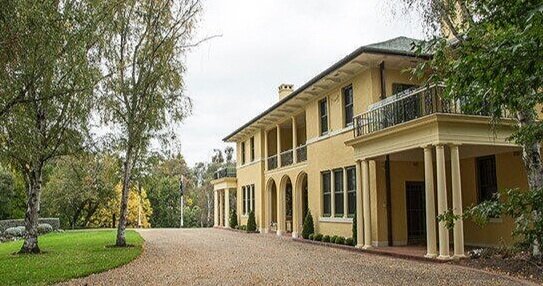
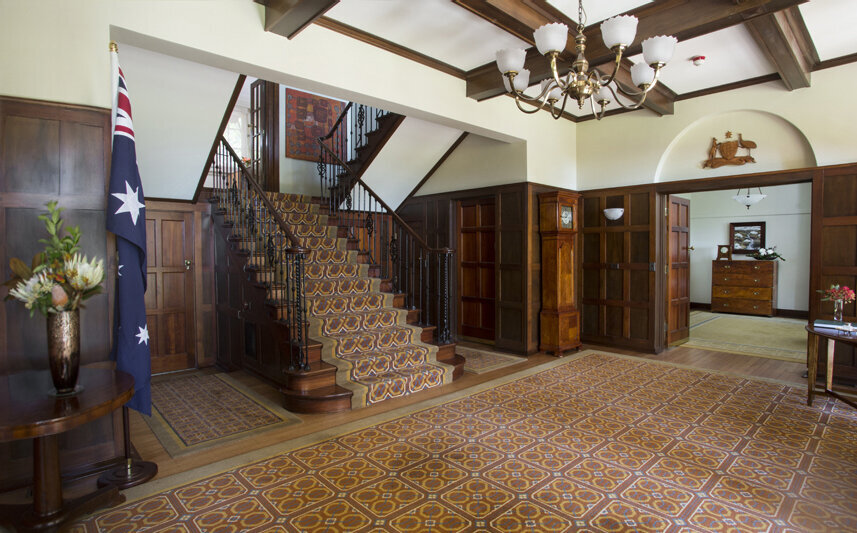
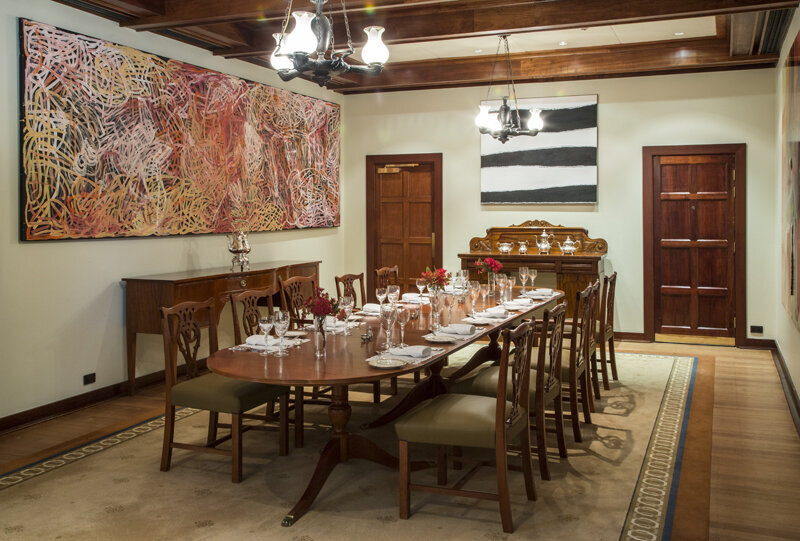

The Lodge: Sample of Collection
Kirribilli House, Kirribilli Point
Kirribilli House is situated on Kirribilli Point with an uninterrupted view eastwards across Sydney Harbour. It is the official Sydney residence of the Prime Minister of Australia. The site on which the house is built is the land of the Cammeraygul people who named the point Ciar Billie or Kiarabilli meaning ‘good fishing’.
Sitting in a lofty position above the water’s edge, the house has a commanding views across to Fort Denison and beyond to the peninsulas and bays that define the magnificent harbour. An outstanding example of a marine villa, the twin gabled house in the Gothic style was built in 1854 by Adolph Feez, who called it Sophienberg, evoking his German heritage.
After Feez sold the property in 1858 it passed through many private hands, including descendants of the convict Samuel Terry who was one of the colony’s richest men when he died in 1838. In the 1870s the house was enlarged to almost double in size. By the 1890s it was known as Kirribilli House and after a sequence of owners and tenants was declared to be ‘so old and dilapidated’ that it should be sold.
Purchased by Arthur Wigram Allen in 1919, Allen planned to subdivide the land but, after much public agitation, William Morris Hughes, Prime Minister of the day, acquired the property for the Commonwealth Government in 1920. Allen therefore became the last private owner of Kirribilli House and a writing box previously owned by him is on loan by The Australiana Fund to the house.
Due to its proximity to Admiralty House, Kirribilli House was used by staff of the Governor-General until 1930 after which it was leased to various tenants including Commander Karl Erik Oom, RAN, a distinguished cartographer in charge of Australia’s Antarctic surveys.
After extensive renovations, in 1956 Kirribilli House was set aside for overseas guests of the Commonwealth The first in 1957 was Nobusuke Kushi, Prime Minister of Japan, followed by diverse official guests including several members of the British royal family, two American Presidents as well as Nobel Prize winner Nelson Mandela. Kirribilli House is now primarily for use by the Prime Minister and successive Prime Ministers have used it as their Sydney residence.
This reproduction photograph of Adolph Feez, builder and first owner of Kirribilli House was recently given to The Australiana Fund by his descendants.
Among the artworks on loan to Kirribilli House by The Australiana Fund, are objects with themes of Australian flora and fauna, exploration and migration. Works by Australian makers or with Prime Ministerial provenance have been acquired by The Australiana Fund for placement within the house.
Kirribilli House: Exterior & Interiors

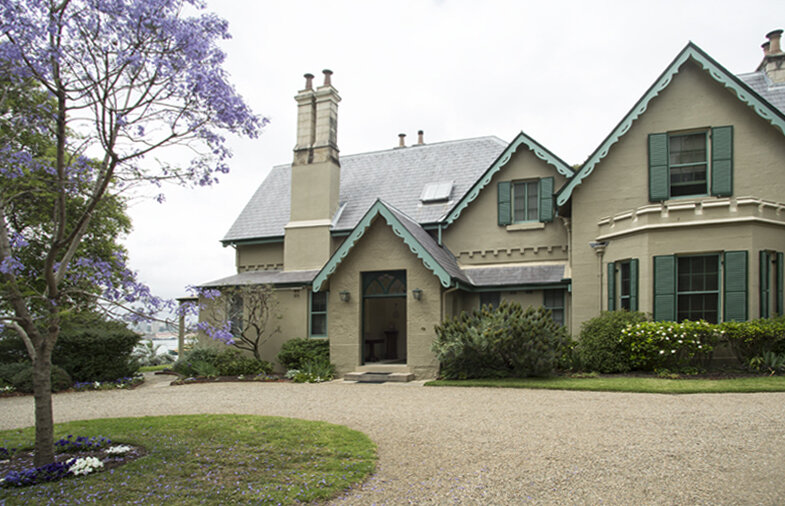
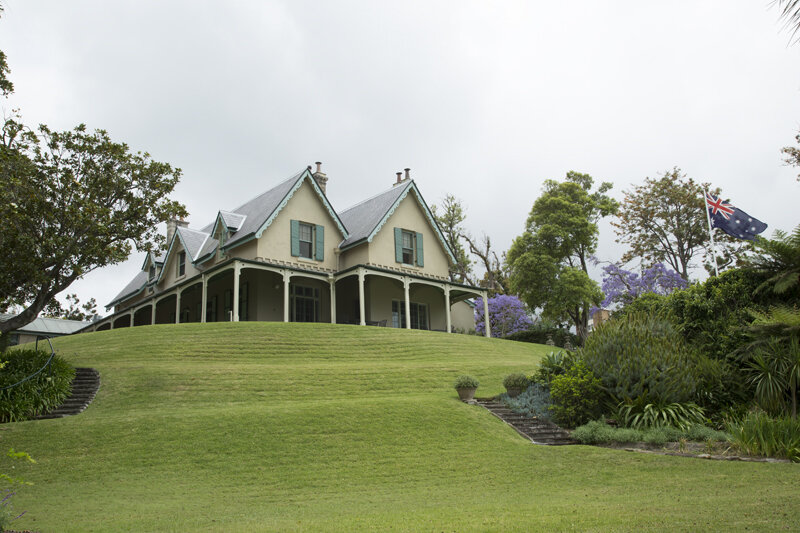
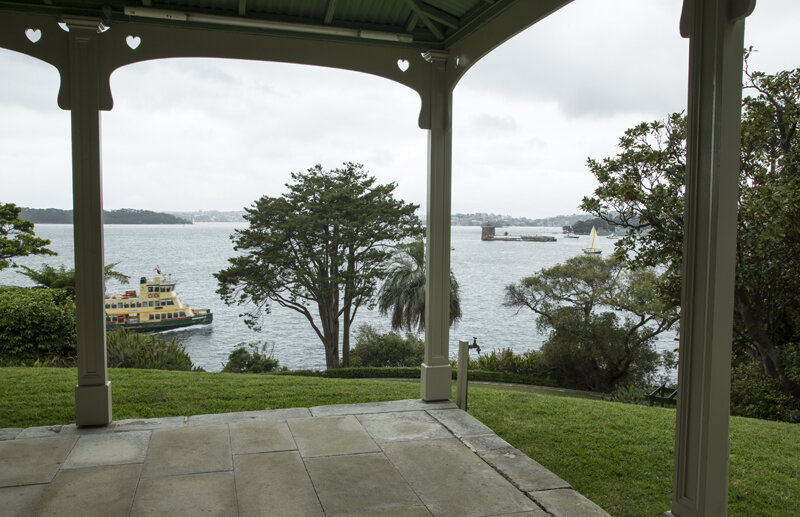

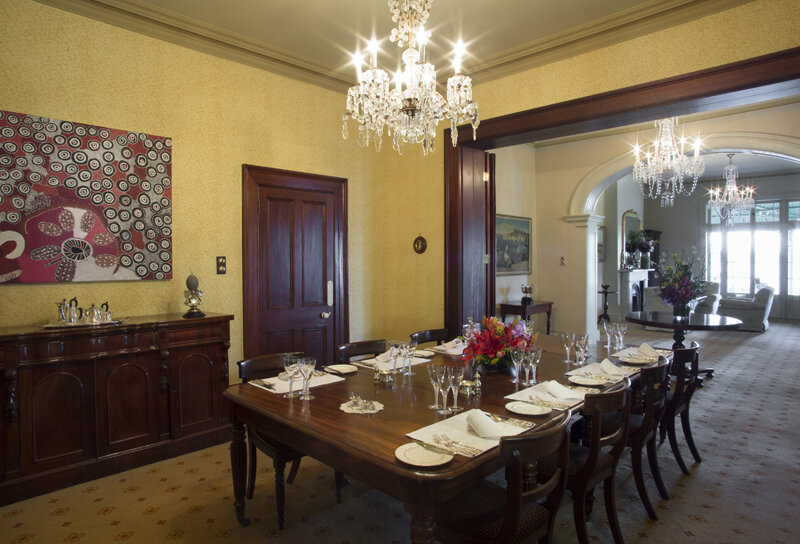
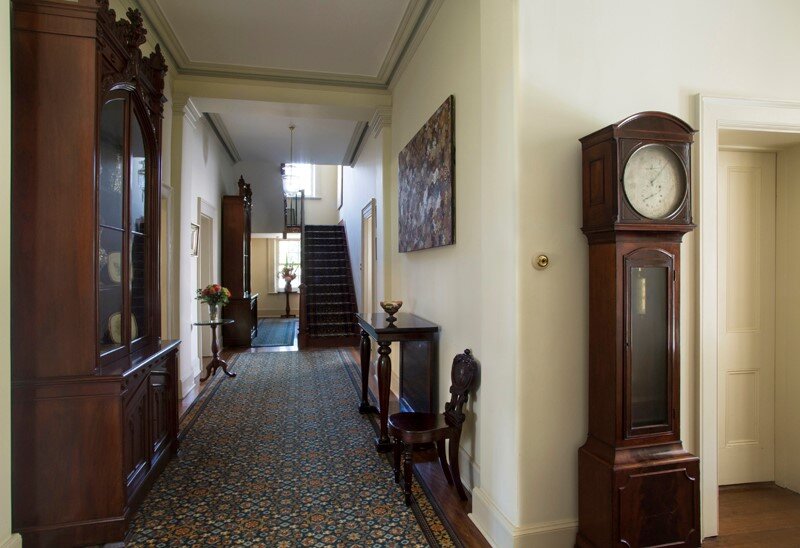
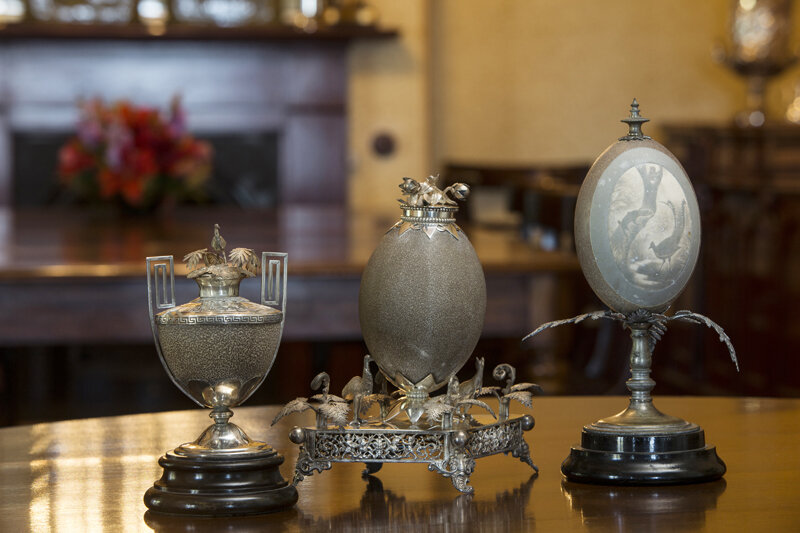
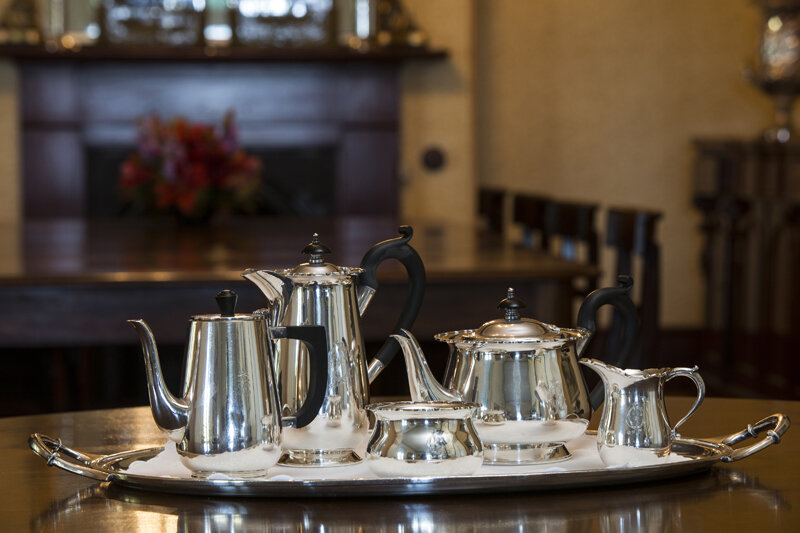
Kirribilli House: Sample of Collection

